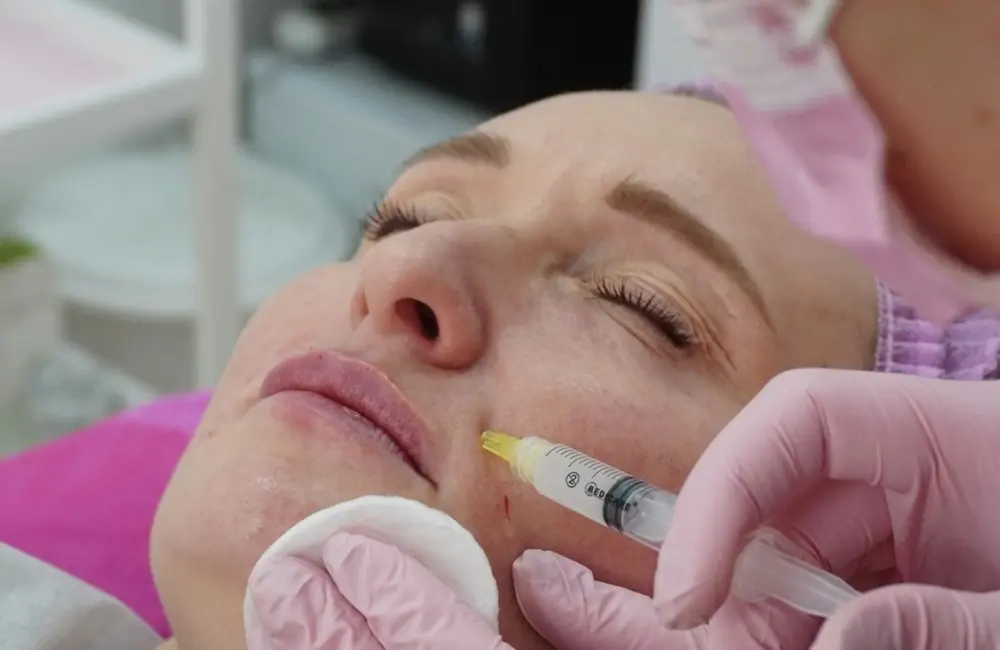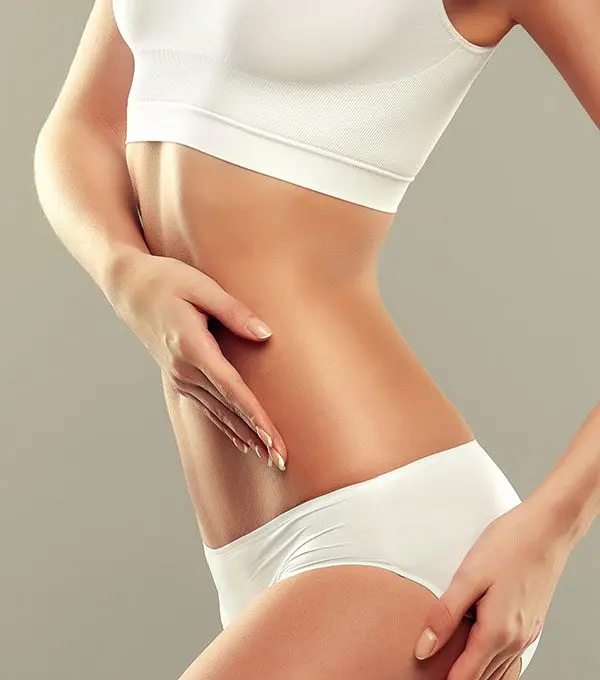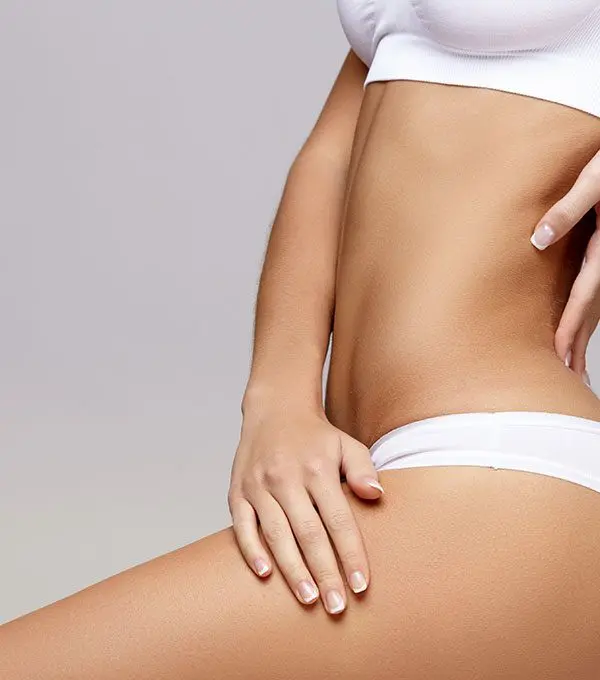Botox
Dermal Filler Statistics: An In-Depth Overview for 2025
Dermal fillers have evolved significantly since their introduction as a niche cosmetic procedure. Now, they’re a part of many people’s beauty routines across the world, from banishing fine lines or adding definition to features, to a confidence-bringing update that won’t leave you bruised after surgery. Across the UK, clinics are reporting that everything, from those subtly receiving subtle tweaks to those undergoing full-face rejuvenation, is growing in demand.

However, as popular as fillers are, the field of the industry is ever-changing. The way, why, and where people seek treatment is being shaped by new products, changing regulations, and evolving attitudes among the public. That’s why current and reliable statistics are not only convenient but also necessary.
For clinicians, information is vital in monitoring the market, forecasting demand for treatments, and navigating the path to safe and effective procedures. For reporters, coverage of cosmetic procedures is key, and it’s one they handle with the nuance (and context) it deserves. And for curious patients? It’s just good to get a glimpse of what’s going on behind the scenes.
In this article, we are delving into recent statistics on dermal fillers worldwide, specifically in the UK. Here’s what we found: a new trend is emerging year-on-year, indicating what might be next in 2025.
Global Dermal Filler Statistics
The dermal filler market is experiencing significant growth worldwide. In reality, it’s a booming market. The dermal filler market, valued at $5.4 billion in 2024, is projected to nearly double to $10.1 billion by 2032, according to Fortune Business Insights data. That’s a compound annual growth rate (CAGR) of 8.1%, which is not too shabby for a procedure that tends to last less than an hour.
So, why the rapid growth? That’s down to a mix of factors. Less invasive cosmetic procedures have become more mainstream, more available and more socially acceptable. They are now the world’s second most popular non-surgical cosmetic treatment, after Botox. Just look at the numbers; dermal fillers account for around 30% of all non-surgical procedures worldwide.
Demographics show that people of all ages, sexes and walks of life love their fillers. Although women still seek out the majority of treatments in their 30s through 50s, there has been a surge in younger adults choosing to undergo preventative tweaks, such as lip fillers and subtle cheek augmentations, as well as an increase in men entering the market than ever before.
The US still dominates overall procedures, but European nations are not far behind. If you were comparing markets, you might want to see how U.S. growth is shaping up against European growth, in which case you could get a good picture of how filler trends seem to be developing side by side on both sides of the pond.
UK-Specific Dermal Filler Data
In the UK, dermal fillers are firmly established in the mainstream aesthetics industry. A former luxury treatment has become just another item on the menu of self-care for many people. From fancy clinics in London to local practitioners working from home, which are increasingly prevalent in smaller towns, the demand is only growing, and it’s not just about lip augmentation anymore.
The most significant change in recent years has been the diversity of fillers. While hyaluronic acid fillers (for example, Juvederm and Restylane) remain the most popular options, interest in longer-lasting alternatives is on the rise. Specifically, the calcium hydroxylapatite filler market is experiencing rapid growth and is expected to expand at a compound annual growth rate (CAGR) of 13.8% from 2024 to 2030, according to Grand View Research. That’s way ahead of the average growth rate and suggests an evident hunger for fillers that provide more structure and longevity, particularly for areas that are sculpted, like the jawline and the cheeks.
At a regional level, London may still call the shots in terms of sheer volume of treatments, but other urban areas, including Manchester, Birmingham, and Edinburgh, are closing in. The rise of social media, celebrity influence, and changes to our beauty standards have all contributed to making aesthetic treatments more normalised throughout the UK. And although the 25–45 demographic still makes up the core market, practitioners are welcoming patients both younger and older than that range, each with distinct goals, from subtle enhancements to a full facial refresh.
Another trend? Personalisation. Patients are no longer walking in and requesting “a little bit of filler”; they are wanting a measured approach, a natural result and someone who is looking at the bigger picture. This aligns with the broader shift towards safer practices and deeper education, which has become increasingly crucial in light of the rise in poorly regulated treatments and growing demands for stricter industry standards.
All in all, the UK dermal filler scene is evolving rapidly, and it’s changing quickly. With new filler types on the horizon, regional growth, and increasingly knowledgeable clients, 2025 is poised to be a significant year for aesthetics in Britain.
Emerging Trends and Innovations
Products have evolved past wrinkles, too. Not only are they more advanced, but at this point, they’re also more aesthetic and more personalised to your individual needs. One of the most dramatic shifts we’re witnessing is precision and personalisation, achieved thanks to advanced prostheses and a refined methodology.
Digital imaging and facial mapping are being used increasingly by practitioners to plan treatments with precision. This enables the highly accurate placement of the filler, giving patients a result that complements their natural features instead of covering them. Simultaneously, the rise of next-generation fillers, designed for specific areas such as the under-eyes or temples, means treatments are also safer and more effective than ever.
There is also changing consumer behaviour. More are looking for subtle, ‘tweakment’- style improvements, as opposed to complete makeovers. It’s not about transformation so much as refinement, which is what some practitioners describe as ‘invisible work.’ This approach is appealing to a broader audience, including, and increasingly, men.
The market for dermal fillers has traditionally been female, but there has been a consistent increase in the number of male patients. More than 100,000 men in the United States receive lip fillers annually, and this number is on the rise. The trend is also being noticed in UK clinics, where men are choosing to have jawline definition, under-eye correction, and volume restoration – often with a subtle and natural finish.
And safety, also, is still very much on the mind. As awareness of risks and complications has increased, a larger portion of patients are opting for professionally trained clinicians as opposed to the small salon that offers a bargain. There has also been an increasing push across the industry for more regulation and higher training standards, which is beneficial for both patients and practitioners.
As we move further into 2025, it’s clear that the dermal filler ecosystem is not simply growing; it’s evolving, and innovation and consumer confidence are its driving forces of growth.
Comparative Year-over-Year Statistics
Analysing the dermal filler market over the past few years, there’s one clear thing: the demand has not only increased, but it has also shifted. There have been more of them, according to statistics, particularly post-pandemic, but the what and the who’s doing the asking for them have changed considerably.
Some of the most striking trends include the rise of biodegradable fillers, notably those based on hyaluronic acid. BAPRAS and other professional bodies report that these temporary fillers are now the filler of choice for both practitioners and most patients. Why? It mostly has to do with safety and flexibility. The fillers are biodegradable, and in the event of filler dissolution, you have peace of mind and more control over the results. Non-biodegradable, or permanent, fillers have been used less and less because of potential complications and less predictable long-term results.
A tighter regulatory framework and an increasingly informed consumer base are also driving this move. People are doing their research and opting for safer choices, especially since coverage of filler-related complications and bad procedures has been widespread in the media. In response, clinics have tailored their offerings, focusing on products with robust safety records and reversible effects.
In terms of the market, growth has been solid from year to year, and although there was a notable increase in interest across both young and old in 2024, things have remained fairly consistent. It’s the younger generation grasping preventive treatments, while the older age groups opt for fillers as the latest addition to more discreet anti-ageing menus.
Yes, competition in the industry is increasing, but so is consumer trust, especially when treatments are safe, reversible, and personalised.
Conclusion
Dermal fillers have undergone a transformation, from a niche aesthetic treatment to a global industry worth billions of dollars/pounds. The market is steadily expanding, with a compounded annual growth rate of 8.1% globally, and a growing demand for personalised treatments and subtle enhancements as we head into 2025. In the UK, demand is booming for safer, biodegradable fillers, as well as newer offerings like calcium hydroxylapatite, which is expected to achieve impressive growth in the coming years.
We are also witnessing firm shifts in who is receiving them (hello, gentlemen) and how, with technology, safety, and natural-looking outcomes shaping treatment plans. That’s a signal the industry isn’t just growing, it’s growing up.
For anyone involved in the aesthetics business, be it a journalist or practitioner, it’s vital to keep an eye on these numbers. The filler market isn’t stagnant, and if the trends hold, it’s only going to become more nuanced, more democratised, and more inventive.







